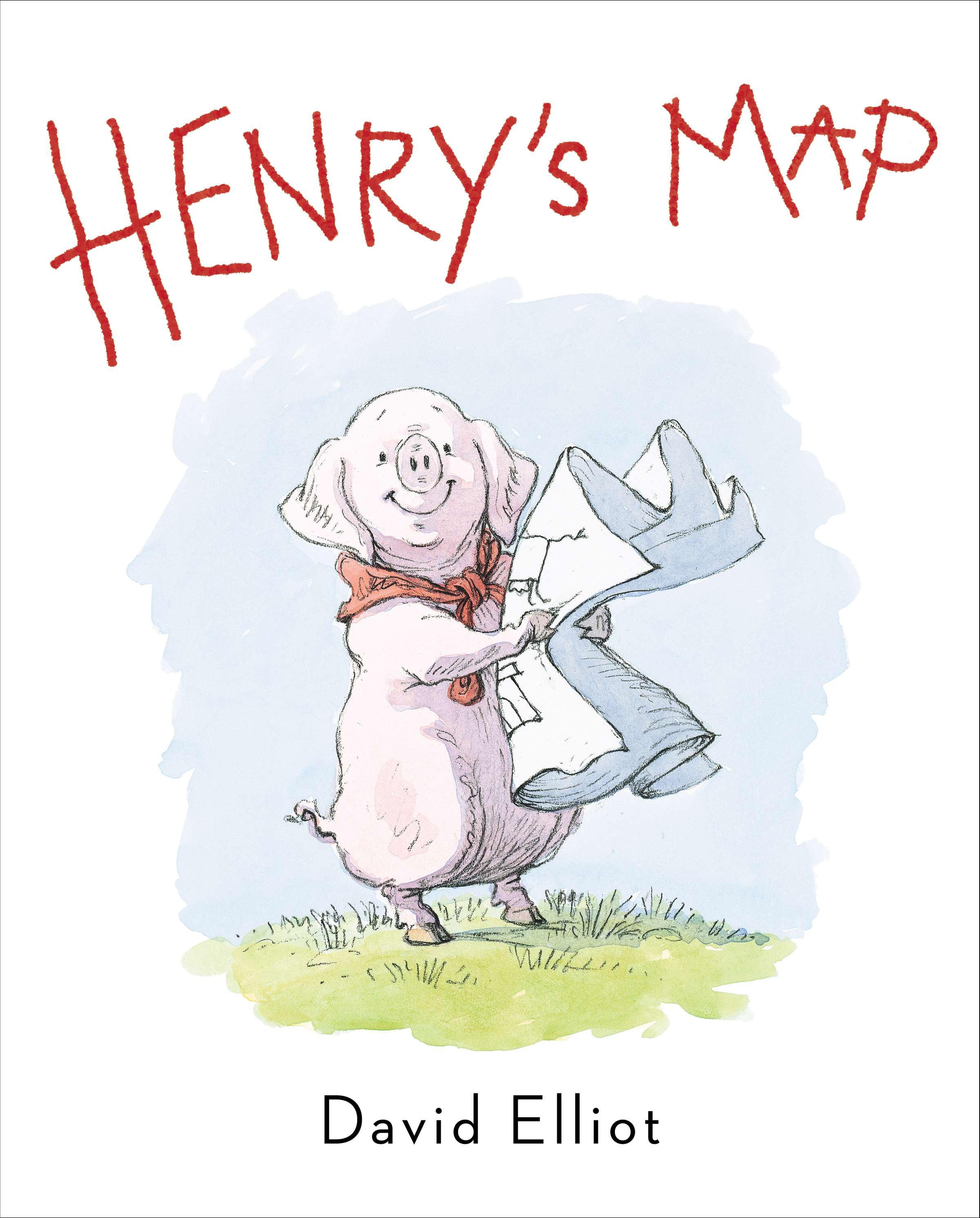In Autahi, we love picture books. We take every chance we can to share them, from snack time stories to end of the day picture books. Sometimes we have a guest storyteller, too.

An important part of our Literacy programme is our focus picture book. This book is carefully-chosen because it is rich with story features, juicy words and ideas for us to explore. We take a whole week to fully unpack what the book has to offer, returning to it daily to explore new themes. Sometimes our focus picture book connects with our Inquiry topic. It might also provide inspiration for our writing.
Our book this week is Henry's Map by David Elliot.

Here are some ways that we are using this delightful picture book to help with our learning.
1. Getting to know a character
We learn a lot about Henry in this story. We are told some things explicitly. Other details are there to be discovered by reading attentively and noticing clues, such as what Henry says and does, and how others respond to him. Also, since this is a picture book, we use our visual literacy skills and look closely at the pictures. Reading for meaning is a bit like detective work: we teach our students how to gather information from small details.
It is also important for our students to learn that the people who do things in stories are called characters. That way, they can identify who the characters are in tales of different kinds. They can also enjoy intentionally creating characters for their own stories.
2. Exploring the Setting
Setting is another technical word that we want our students to understand. The setting is where the story happens. In Henry's Map, the setting is the farm where Henry lives and it forms an important part of the story as Henry sets out to map his home.
3. Links to Inquiry learning
As part of our current Inquiry, Ko Wai Au, we are beginning to explore the places that are important to us and our whānau. Henry's Map offers the opportunity to explore maps and mapping our special places, just like Henry does.
4. Vocabulary building
Our focus picture books have rich vocabulary-learning opportunities for our students.
Henry's Map has a sophisticated text with many beautiful examples of metalinguistic verbs. These are verbs that refer to how a person is speaking. While we don't expect our students to know this terminology yet, learning words like 'whinnied', 'mooed', 'bleated' and 'squawked' gives them new and varied ways to express themselves.
On this page of Henry's Map, we have juicy words like 'dashed' and 'clutching' to explore. We take time to explicitly explain the meaning of new words. The story provides a helpful context, showing how they can be used. In this way, we see our students building their oral vocabulary. Over time, this rich language finds its way into their writing, too.







No comments:
Post a Comment